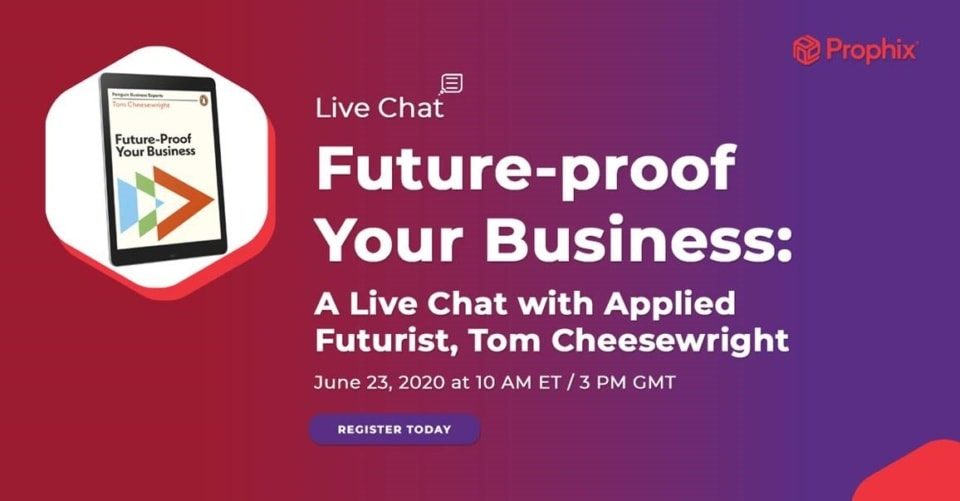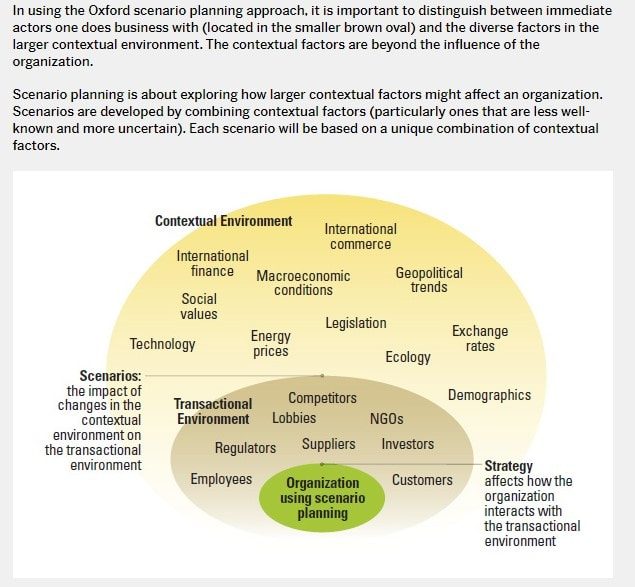Business leaders and employees are all keenly aware of the effect COVID-19 has had on businesses around the globe. The pandemic has imposed significant strain on budgetary and operational resources for businesses large and small. Those disruptions are being felt far and wide.
Fortunately, this is also an opportunity. Business leaders willing to rise to the challenge can better address their organizational needs through leaner operations.
Fostering a culture focused on strategic action and resiliency will lead to success in the current climate.
Here are 5 steps that can be taken now to focus on the essential and ensure the future of your business:
- Realign with your company’s strategic vision
- Problem solving: be accountable, be part of the process
- Own the message and communicate actively
- Continually engage with your workforce
- Connect creatively with your customers and capture their insight
1. Realign with your company’s strategic vision
Whether you share an optimistic viewpoint that the economy will reignite in the coming months or feel otherwise, hoping for the best and preparing for the worst is both practical and beneficial.
Take this time to realign your focus with the core values and strategic vision of your business. This will ensure you remain on track, no matter what the future holds.
The only constant is change and the current market demands it. Times like these put businesses to the test. We can already see examples of those that are rising to the challenge.
Manufacturers, retailers, and service industries are all adapting to meet market demand in new and innovative ways.
For example, manufacturers are altering production lines to support hospitals and medical care providers with needed equipment. Textile facilities are making masks, distilleries and breweries are making sanitizers, and additive manufacturers are making faceshields. Even some of the largest auto manufacturers in the country have shifted gears to deliver other mission-critical medical equipment.
For many, using innovative software solutions to take their services online is part of the equation. Retailers and restaurants are are making the effort to offer online or curbside ordering and pickup in line with CDC recommendations and customer demand.
Fewer resources at your disposal naturally leads to doing more with less. Rethink any activity that isn’t lockstep in tandem with your strategic vision.
Reevaluate every process and take the time to get input from your employees, those who are carrying out those processes daily, weekly, or monthly.
Meeting with your first line managers is a good place to start. Use their insights between both your company and customers to inform your actions moving forward. you will also be able to identify key areas and resources ripe for redistribution.
2. Problem solving: be accountable, be part of the process
Time is perhaps the most finite resource for many business leaders. When disruption hits, it can be even more critical to solve problems quickly and efficiently. Unfortunately, most will agree that time is wasted in abundance when it comes to streamlining business processes. This waste can be the result of unpreparedness, distraction, or inability to focus. Simply put, it’s not harder work that will save you time, but smarter work.
When your teams are tackling their respective components of a problem, they are looking for leadership to keep an eye on the prize. That is the bigger picture.
Be that foundational resource they are looking for and lead by example with smarter budgeting of time in tackling problems.
For example, make a shift in meeting culture. Keep meetings down to a condensed time frame and commit to ensuring all discussion topics and resources are shared and reviewed prior to the meeting. This leaves little room for wasted time in explaining and rehashing ideas.
When it comes to email communications, do away with novellas and stick to bullet points. Clean, clear, crisp communications get ideas across faster. No one should have to spend more than 60 seconds reading an update.
Committing to incremental and cultural changes pays off big in saved time. By showing, rather than telling, how to solve problems and work more intelligently.
This is how business leaders improve organizations and inspire team members to focus and prioritize.
3. Own the message and communicate actively
While there are times when delegating communications, tough times are not those. When times are tough and uncertainty is in no small supply, your workforce wants reassurance from the top of the organization.
Direct and open communications between upper management and teams fosters a cooperative atmosphere and lightens the burden of anxiety. If changes need to be made, be explicit about them and hold true to those directives.
For example, if cash flow issues make salary reductions a necessity, do the math upfront. Lay out how you reached your calculated requirements for salary reductions across the board. Give a time frame. Stick to it. Don’t promise what you can’t deliver and follow through once you’ve set your parameters.
Trust and reputation take time to built and a moment to ruin. Be the leader your teams look up to by instilling confidence, trust, and respect by giving clear instruction, finding compromise, and living up to your word.
4. Continually engage with your workforce
Maintaining employee engagement is a constant challenge for most businesses. COVID-19 and the nature of remote work has compounded that difficulty through distance. So, the question is, with all these factors, how do you keep your people connected?
Now is the time to recognize your employees at an individual level. Everyone has different ways of processing change and reactions to the current environment. There is no one size fits all solution in the New Now.
It’s up to you as a leader to recognize and be mindful of your staff’s unique reactions and feelings, if they may differ from your own. When you see negativity in the ranks, don’t dwell on it. Find ways to be supportive and create the environment for positive outcomes using your positive perspective of the big picture.
The isolation some may feel in a remote position can put people in a fog. Structure can easily go overlooked when it surrounds us every day. Now that that environment has fallen from view for so many, new and creative ways to remain connected are necessary.
Social media and networking tools are some of the available options for keeping your workforce engaged. Virtual happy hours, hobby threads, internal contests, games, and general intranet activity can help keep employees connected even though they are apart.
5.Connect creatively with customers to capture insight
With traditional face-to-face meetings out of the question for the foreseeable future, it’s time to get more creative in how you interact with customers.
With a new landscape laid out before us, the same way of operating just doesn’t make sense.
Fortunately, modern virtual meeting platforms and social media tools make it easy to at least see each other face-to-face. Leveraging these resources gives us the virtual eye contact we need in healthy human interaction. It also reassures your customers that you are proactive and engaged with them in conversation. Conveying the tone, body language, and other social cues that email and phone calls fall short with make these tools invaluable.
Rise To The Challenge As Business Leaders
In summary, now is the time to actively adapt and strategically realign with your strategic vision. Respond to disruption using the modern resources available to you. Stay the course in regard to your company’s long-term vision and continue to strive in meeting your customers’ needs. Get rid of the wants and focus on the needs of your organization in the New Now. This is the time to run lean.
Lastly, your employees are the lifeblood of your business. Be clear and transparent in your communications with them. Lead by example and hold true to your word. This will ensure confidence, focus, and engagement as your continue to strive for success.
About Encompass Solutions
Encompass Solutions is a business and software consulting firm that specializes in ERP systems, EDI, and Managed Services support for Manufacturers and Distributors. Serving small and medium-sized businesses since 2001, Encompass modernizes operations and automates processes for hundreds of customers across the globe. Whether undertaking full-scale implementation, integration, and renovation of existing systems, Encompass provides a specialized approach to every client’s needs. By identifying customer requirements and addressing them with the right solutions, we ensure our clients are equipped to match the pace of Industry.
About Encompass Solutions
Encompass Solutions is a business and software consulting firm that specializes in ERP systems, EDI, and Managed Services support for Manufacturers and Distributors. Serving small and medium-sized businesses since 2001, Encompass modernizes operations and automates processes for hundreds of customers across the globe. Whether undertaking full-scale implementation, integration, and renovation of existing systems, Encompass provides a specialized approach to every client’s needs. By identifying customer requirements and addressing them with the right solutions, we ensure our clients are equipped to match the pace of Industry.










